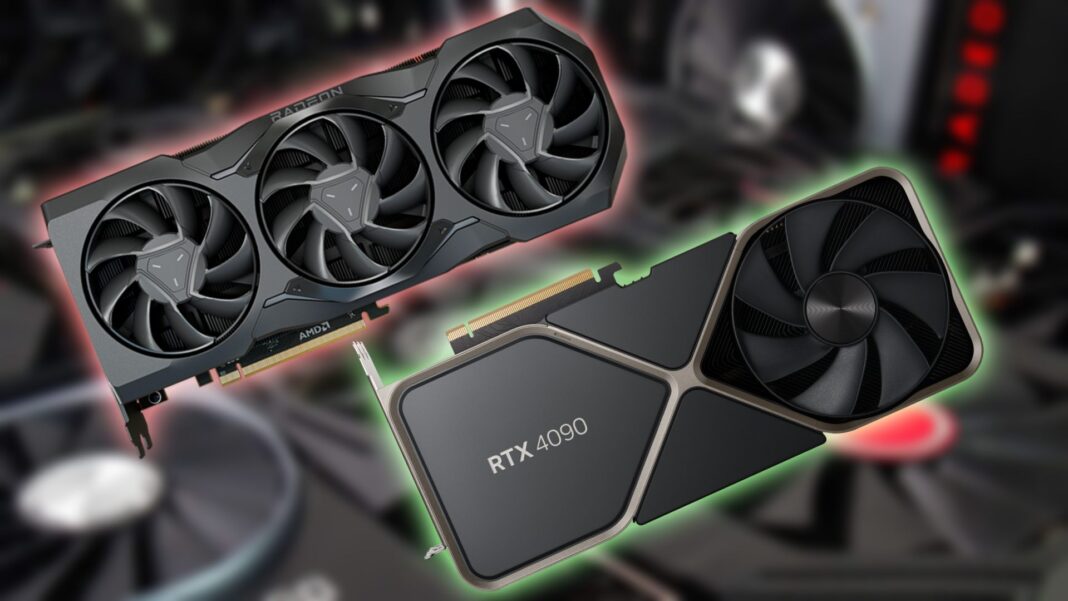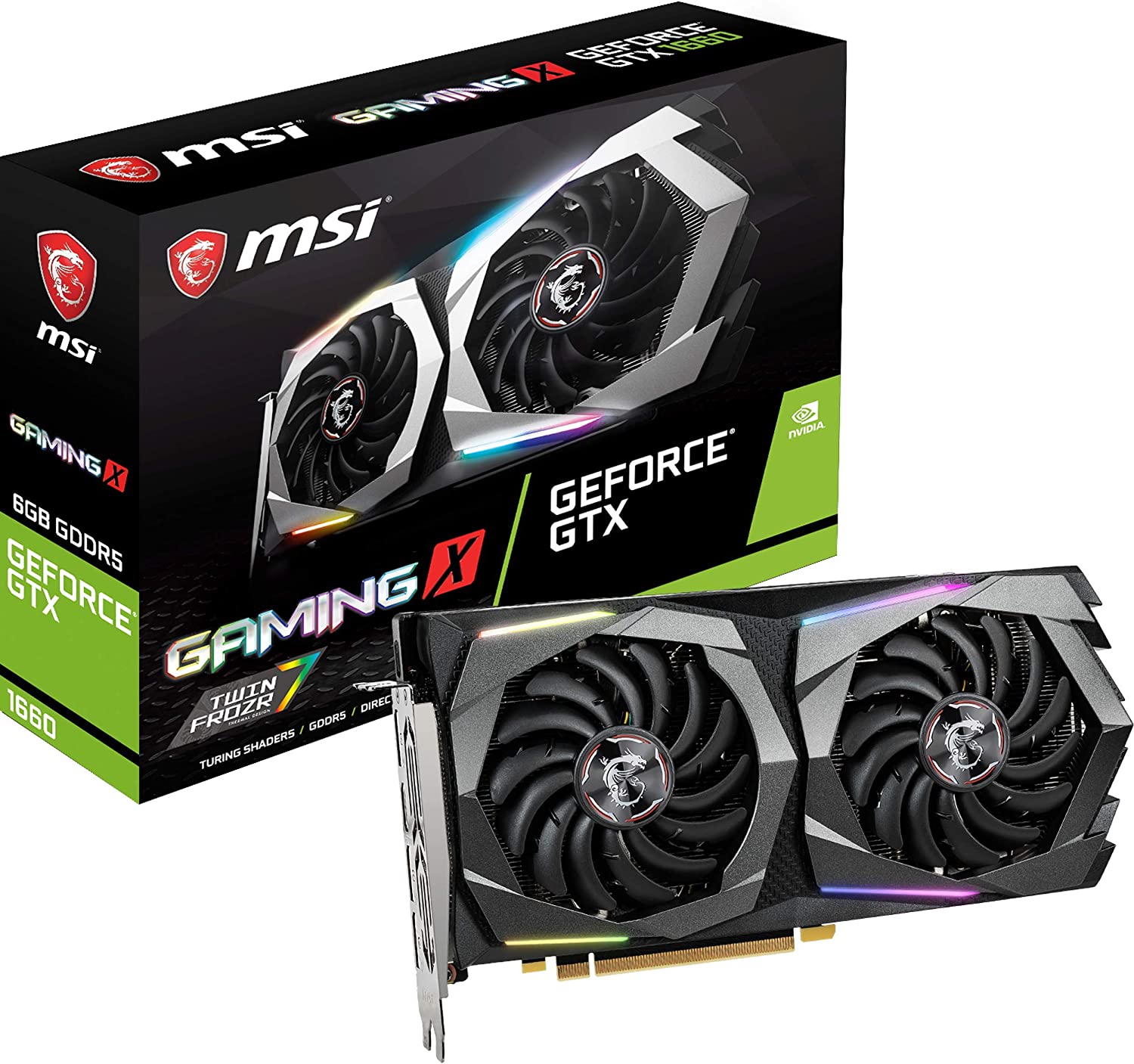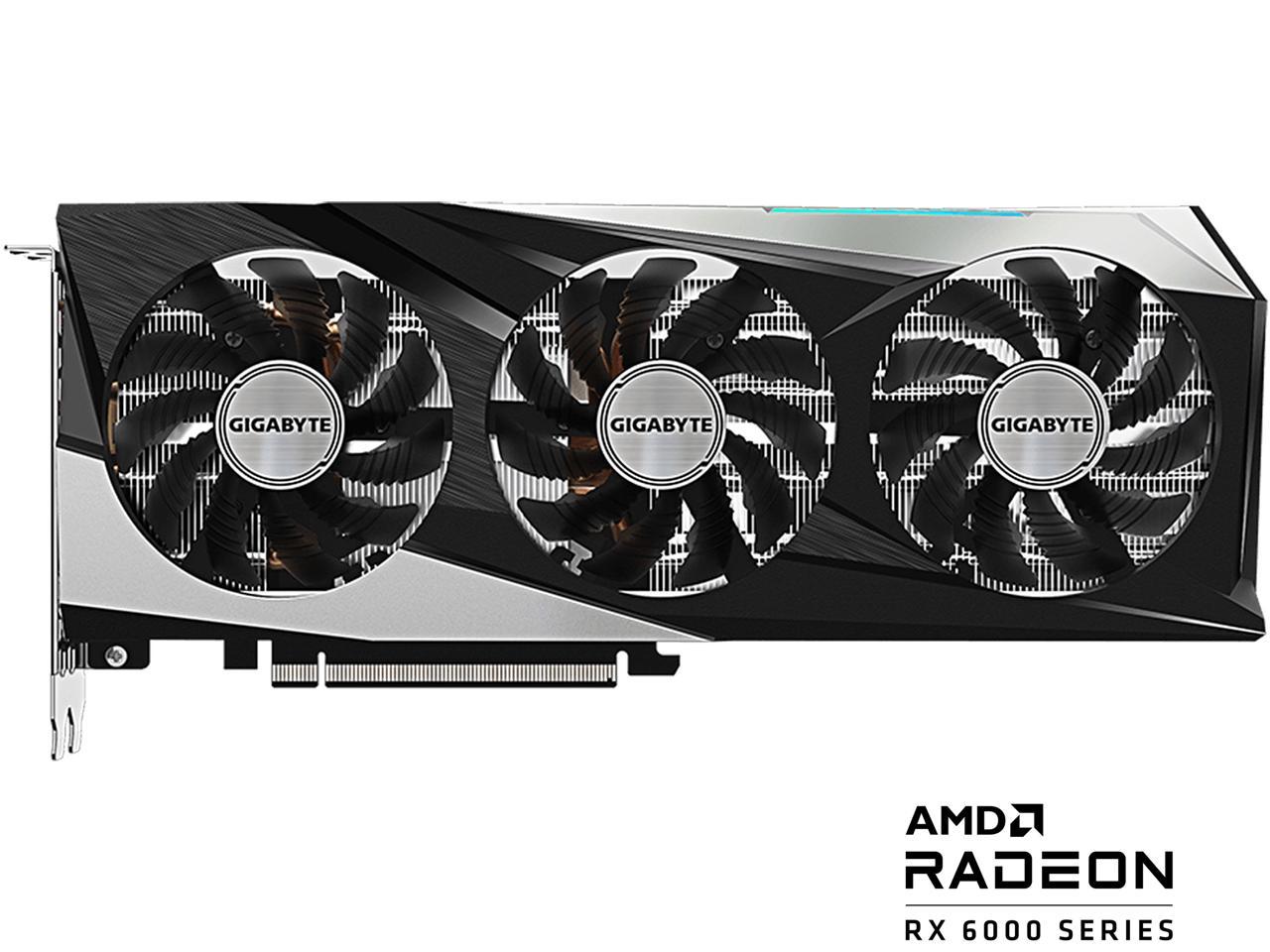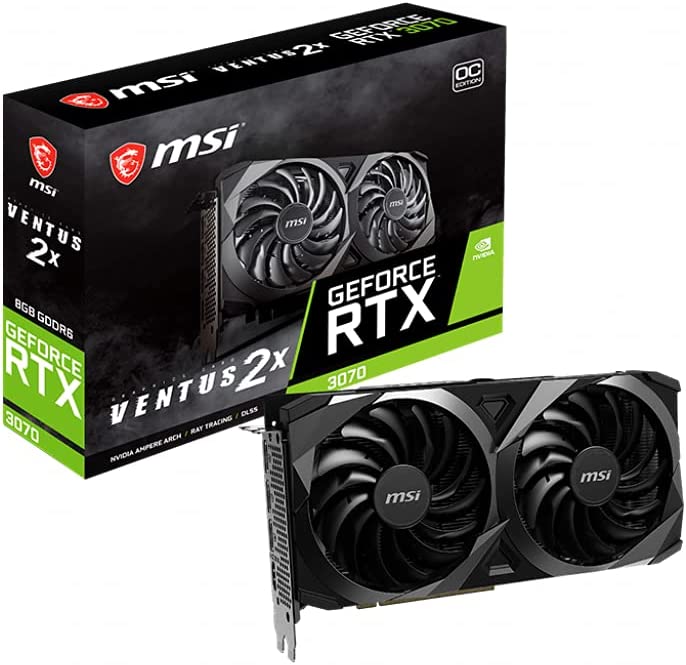Best Graphics Cards: Your video card is the engine that powers what you can do, or how lustfully you can boast, if you’re a Computer gamer or content creation who depends on the speed of your graphics-accelerated programme.
It may seem difficult to choose the best graphics card for your system (or to decide whether you even need one), but it’s actually not. But, higher-end cards need a small expenditure, so you should consider a few factors before making a purchase. In the end, it’s difficult to argue against just purchasing the greatest card you can afford if you’re going to get a new one. With the aid of our guide, you can determine which video cards are the finest for your desktop Computer, learn how to upgrade a system, and determine whether a certain card is a wise investment.
The best GPUs available today from AMD and Nvidia are listed here. Note that we have chosen the best Nvidia and AMD cards for each usage scenario depending on your target gameplay resolution (in ascending order) (unless one brand or the other is an unequivocal clear choice). A detailed guide to selecting the best graphics card for you is provided after our top recommendations, along with a breakdown of their specifications. Enter the fray!
1. Nvidia GeForce GTX 1650 Super
Why It Was Selected
The GeForce GTX 1650 Super from Nvidia was created from the ground up to be a budget card, and even as the supply of graphics cards has steadied, it continues to be a rock at the low end. Naturally, the card’s performance isn’t sufficient to run games in 4K, nor will it be able to handle every game you throw at it with high or even maxed-out graphical settings. Yet, it still has sufficient graphics capability for 1080p play, and if your expectations are reasonable, it may provide a really entertaining experience. (We put a Zotac Twin Fan variant to the test.)
Who It Is For
The best users of this card are gamers on a low budget seeking for a 1080p graphics card. The GTX 1650 Super can run many games with higher graphics settings enabled, while you can get significantly more graphics power for a little bit more money and it might not be able to run everything at high graphics settings. Just be prepared to lower the settings to medium or potentially even low while playing more recent games. If that doesn’t bother you and you simply want to play contemporary AAA games without worrying too much about getting the finest visual experience possible, the GeForce GTX 1650 Super should satisfy your needs for less than $200.
PROS
- In games at 1080p and 1440p, the Super GeForce GTX 1650 is much faster than the regular model.
- Runs quiet.
- competitively priced.
- Our Zotac test sample is remarkably small.
CONS
- performs poorly in various games.
- Runs hotter than the non-Super GTX 1650.
Also, Read- Searching For an Amazing Mattresses Take Look to this 5 Top Listed Mattress.
2. Nvidia GeForce GTX 1660 Ti
Why It Was Selected
The GeForce GTX 1660 Ti from Nvidia is a well-rounded card that offers respectable 1080p gaming performance without breaking the bank. It makes sense since it lacks a lot of more modern capabilities, such DLSS and support for ray tracing. The GTX 1660 Ti, on the other hand, is more than capable of giving you a pleasurable gaming experience and even ratcheting up the detail settings if you stick to 1080p for typical games that lack these options.
Who It Is For
The GeForce GTX 1660 Ti is a good investment if you want to play relatively contemporary games but don’t have a lot of money to spend. Thanks to this durable card, the majority of games ought to run smoothly at 1080p resolution even when the graphics settings are increased. If you’re particularly strapped for cash, the GTX line still has some life in it because lower-end GeForce RTX cards can’t fully benefit from the ray tracing acceleration that the RTX line delivers.
PROS
- Excellent value for money when it comes to 1080p gaming.
- on both sides of its price, surpasses GTX cards from prior generations.
- Superb cooling.
- strong potential for overclocking.
CONS
- Unsuitable for 4K gaming.
- Compared to other GTX 1660 Ti cards, MSI’s overclocked card is more expensive than the RTX 2060 Founders Edition.
3. AMD Radeon RX 6600
Why It Was Selected
With support for contemporary graphics capabilities like ray tracing and AMD’s FidelityFX Super Resolution (FSR) upscaling, AMD’s Radeon RX 6600 is a dependable midrange card option. It is one of the more cheap models in the Radeon RX 6000-series product range from the chip manufacturer, and the card’s feature set provides it an advantage over rival products like the two years earlier GeForce GTX 1660 Ti in several areas. (We put an XFX Speedster SWFT through its paces.)
Who It Is For
This graphics card should work for you if you play video games in 1080p. Just in case, it’s a good idea to have a backup strategy.
PROS
- Competitive in frame rates and list price with the GeForce RTX 3060
- less power is needed
CONS
- superior to older games with newer ones
- no significant room for overclocking
- During our stress test, it got heated.
4. AMD Radeon RX 6600 XT
Why It Was Selected
The AMD Radeon RX 6600 XT easily replaces the Nvidia GeForce RTX 3050 in our list of top picks thanks to its more cores, better GPU clock speed, and quicker on-card video RAM. It also consistently outperforms the basic Radeon RX 6600. This card has also benefited from price reductions from a few online retailers, making it much more reasonable than it was when it first went on sale. (We examined a model of the Gigabyte Gaming OC Pro.)
Who It Is For
If you don’t crank up the graphical detail settings in-game too high, the Radeon RX 6600 XT should be able to handle 1080p games at quick refresh rates thanks to the increased power within. This card might work well as a 2K (1440p) gaming entry-level card.
PROS
- a few 4K victories
- runs well
CONS
- Performance is generally a little below its pricing category.
- High Price compared to AMD’s reference specifications and pricing
- Initially only a slight overclock was done.
- Manual overclocking yields no appreciable performance gains.
5. Nvidia GeForce RTX 3070
Why It Was Selected
New things should replace the old. Prices for the older GeForce RTX 30-series graphics cards are falling as Nvidia’s new GeForce RTX 40-series graphics cards are released and move from high end to low end. The GeForce RTX 3070 is now more reasonably priced as a result, making it a choice for 1440p gaming. “Depressed” is relative, of course; during the pandemic and the Great Graphics Card Shortage, card MSRPs skyrocketed.) It is undoubtedly the greatest option available right now for gaming at 2K resolutions because of this and its strong performance.
Who It Is For
Someone who wants to play games at 2K resolution—or even at 4K with lesser settings—should think about purchasing an Nvidia GeForce RTX 3070 right away. The only reason to pass it up because of its price is if you intend to get one of the more modern AMD or Nvidia graphics cards that have recently been released. (Of course, it might be worthwhile to hold off and see what these two GPU manufacturers release next.)
PROS
- Extremely quick for the cost
- lovely design
- fantastic 4K gaming outcomes
- modern cooling technique
- does not overheat
CONS
- Expect this card to have a similar runtime to the RTX 3080.













